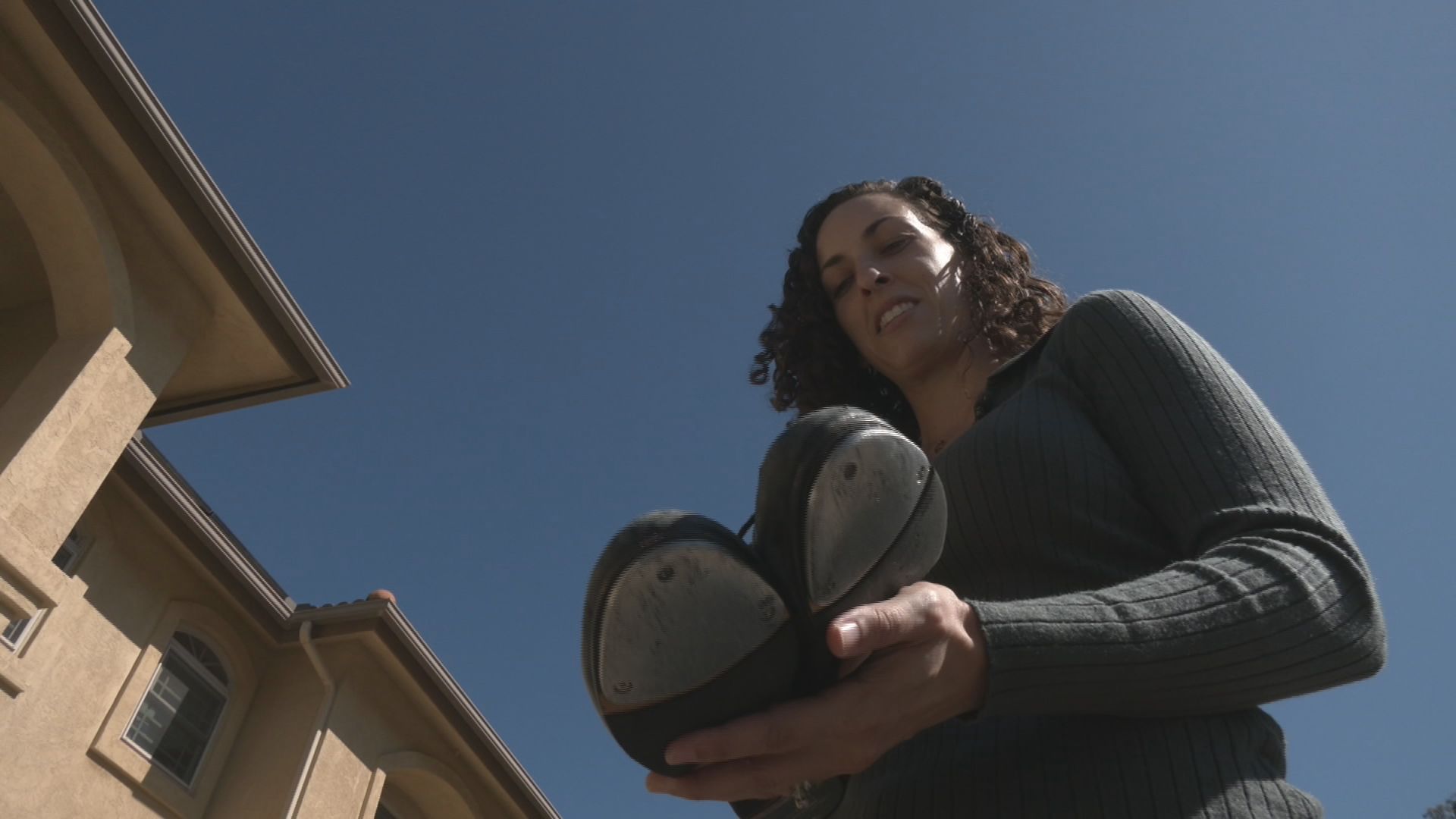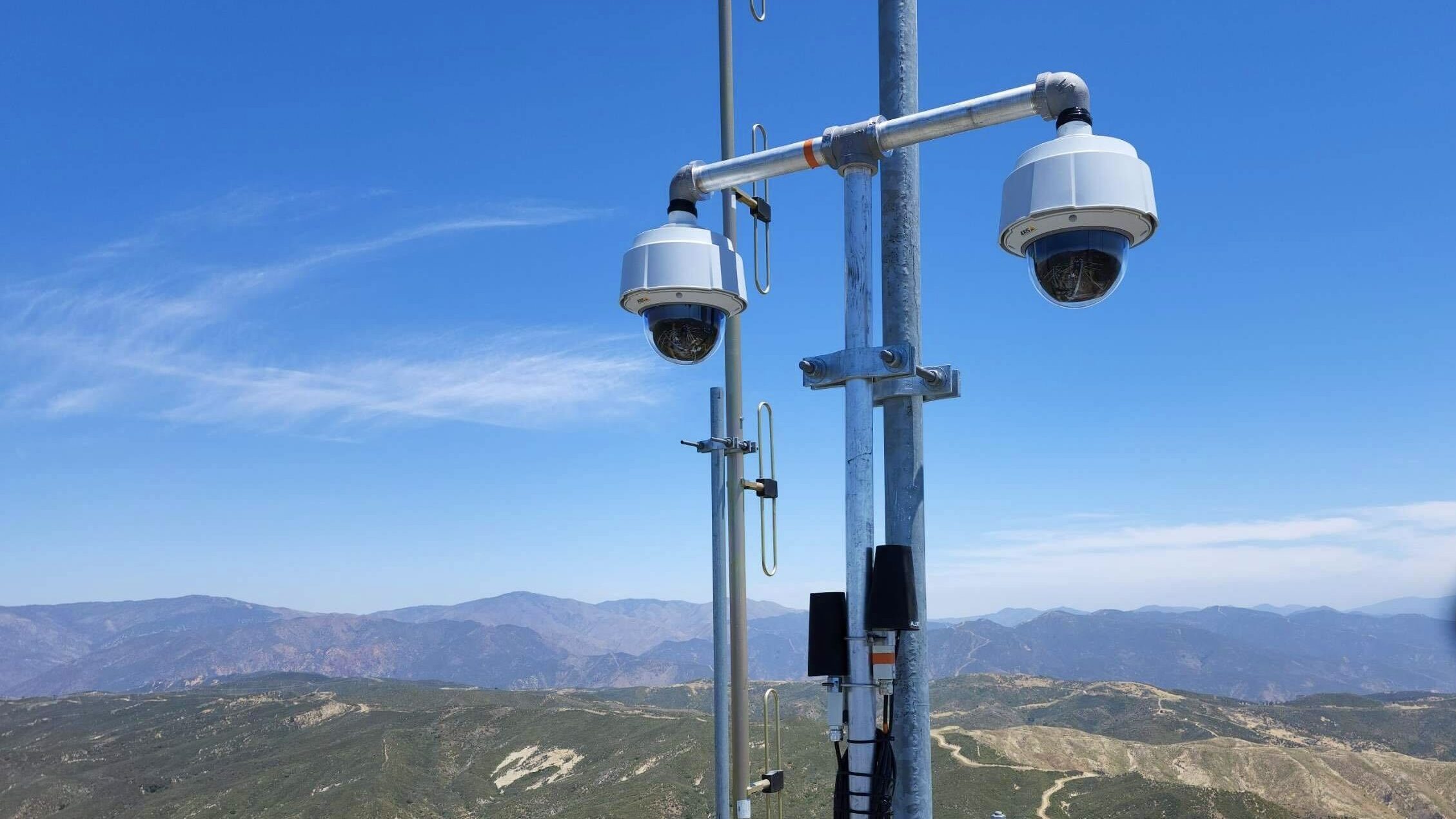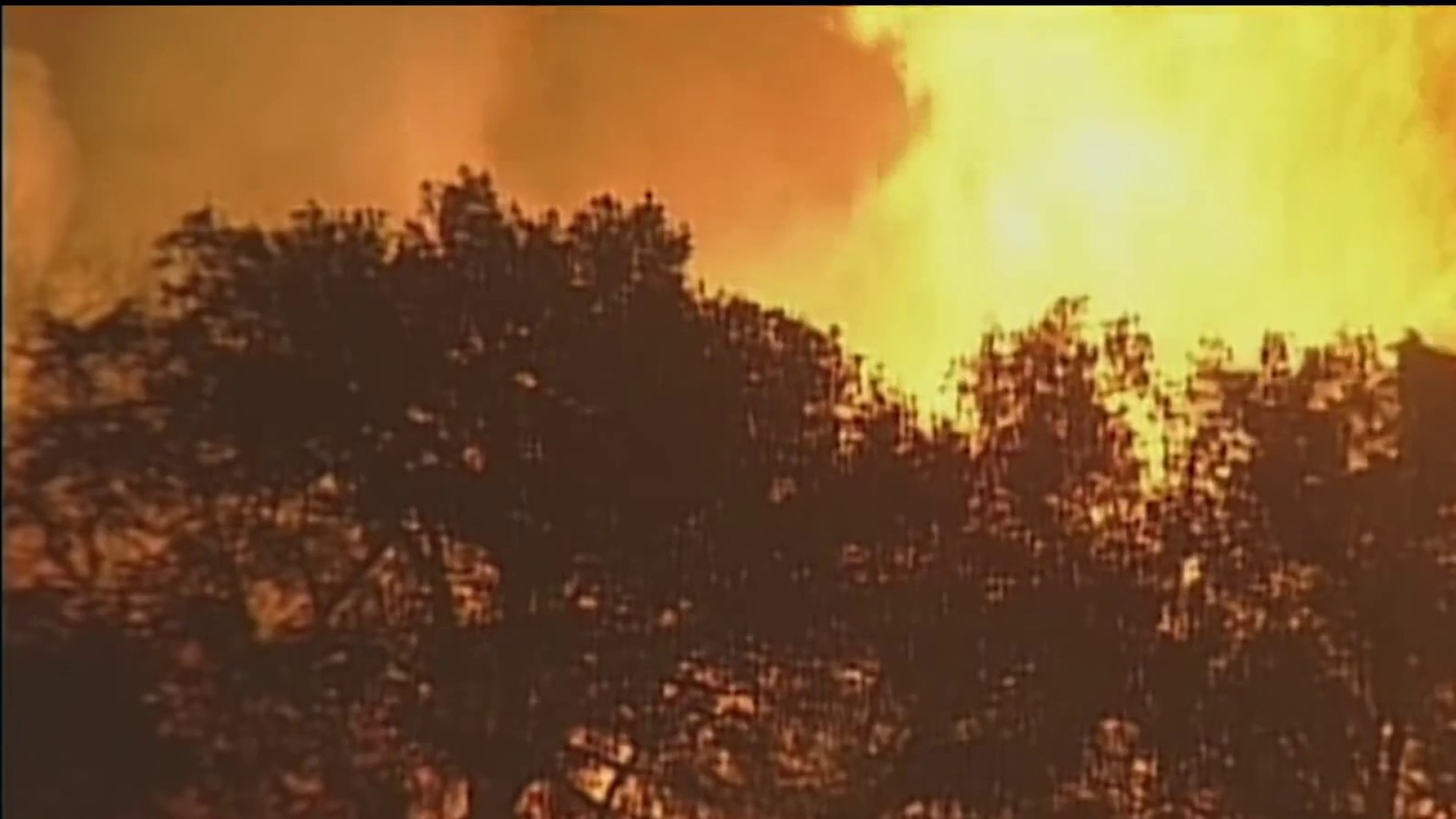A single spark, started as a Hail Mary by a lost hunter in California's Cleveland National Forest on Oct. 25, 2003, mutated into one of the state's largest wildfires -- a fire that spread across 280,000 acres, destroyed thousands of buildings, and killed more than a dozen people before it ended its rampage.
In the days that followed the start of the Cedar Fire, two other smaller but also devastating wildfires in northern and southern portions of the county -- the Paradise Fire near Escondido and the Otay Fire near the U.S.-Mexico border -- scorched another 100,000 acres, creating a haze of ash and smoke across the sky that turned day into night.
When all was said and done, 13% of San Diego County was devastated by the 2003 wildfires. 17 people were killed. 3,241 buildings and homes were destroyed. And, $43 million worth of damage was done. The toll the fires took on communities was everlasting.
On the 20th anniversary of those devastating fires, NBC 7 spoke with firefighters, residents and more who remember that fateful October, and takes a look forward to what's changed in the name of firefight.
The Cedar Fire: 20 Years Later
To commemorate the 20th anniversary of the 2003 wildfires, NBC 7 spoke with firefighters, residents and more with their unique perspectives on the day and how we've moved forward. Take a look at NBC 7's full coverage below.
The California fire siege
An extremely dry and windy October led to a sprouting of wildfires across Southern California, which stretched resources to the brink and forever changed the way California would attack wildfires.
San Diego County was under a red flag warning with humidity less than 10% on the night the Cedar Fire erupted. Extreme fire behavior amid rough terrain in the overnight hours made the firefight challenging, according to a fire summary report from the U.S. Department of Agriculture (USDA).
The fire grew fast, at an estimated rate of 15 miles per hour and reached the east county community of Lakeside within 9 hours. Then, Poway. Then, San Diego's Scripps Ranch neighborhood, where it unfurled massive destruction. Within 24 hours, it jumped Interstate 15 -- where a sea of cars attempting to flee the area were halted by flames -- and spread into Tierrasanta.
Meanwhile, two fires sparked on opposite ends of the county. The Paradise Fire sparked overnight and spread along both sides of Paradise Valley Road, trapping some residents as they tried to escape. Two people were killed and dozens were injured.
The smallest of the fires, the Otay Fire, started at 1 p.m. and was under control much more quickly than the others but not before leaving one firefighter hurt and destroying some buildings.
Once Santa Ana winds tamed days later, the Cedar Fire reversed its direction, moving into Julian and destroying structures in Cuyamaca. Eventually, in the evening of Oct. 31, firefighters gained an upper hand on the Cedar Fire halting the spread of a blaze that had already killed 14 people and a firefighter and destroyed thousands of properites.
Below, an animation created by Harry D. Johnson with the Department of Geography at San Diego State University shows the progression of the Cedar Fire from its start on Oct. 25, 2003, to the end of its seige just before Halloween. The fire wasn't fully contained until Nov. 5.
Your memories
Ash, a dark haze and an outcome no one expected. NBC 7 asked viewers for their most vivid memories of the 2003 wildfires. Here are their responses.
To contribute your own memories, share them with us on Instagram or Facebook.
What's changed
Wildfires have always been a part of California's history but many of the most deadly and destructive fires on record have happened in the last two decades.
The Cedar Fire, which at the time was California's most devastating wildfire, is now only the fourth-most destructive, the 9th largest and the 6th-most deadly, according to Cal Fire.
But because of the Cedar Fire, better response practices have been put into place. It prompted changes in firefighting strategy that led to improvements in how crews respond to wildfire today.
In the video below, Barona, California fire chief Ken Kremensky talks about what it was like to be one of the first on scene during the Cedar Fire – which was burning so fast, at times all they could do was help neighbors escape.
WATCH: Preparing for Wildfires
In this streaming exclusive, NBC 7 looks at how we can better predict and prepare for wildfire season





